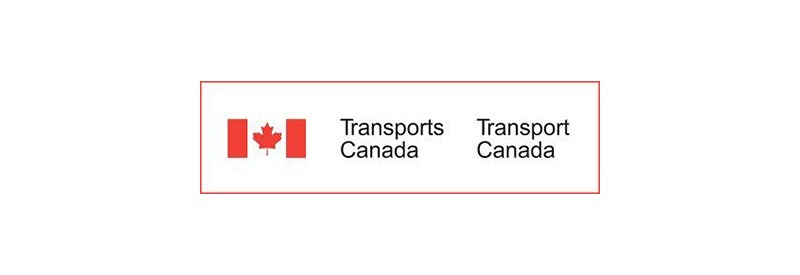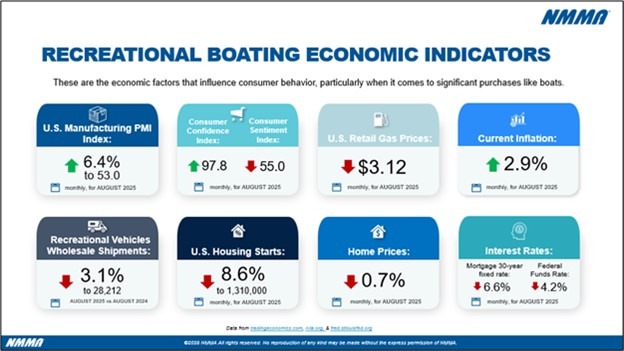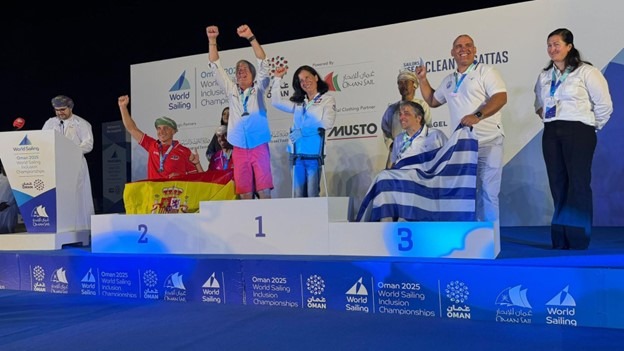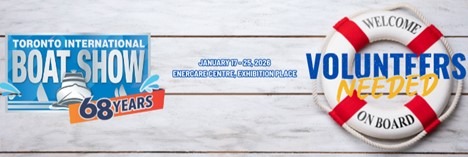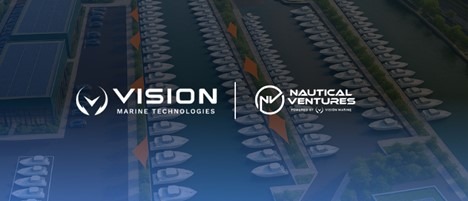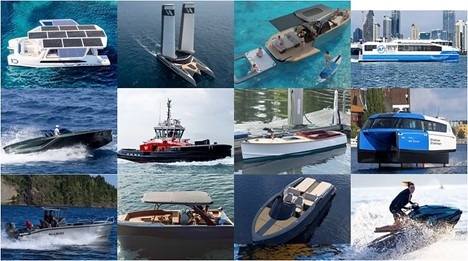U.S. BOAT SALES FLOAT BACK TO THE TOP, EXPECTED TO SURGE THROUGH 2018
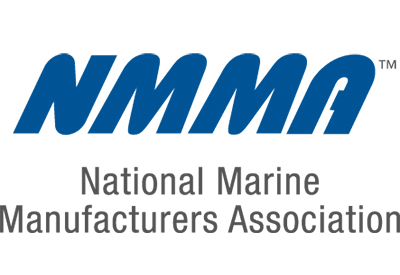
Jan 4, 2016
Critical selling season for uniquely American-made industry kicks off in January with boat shows around the U.S., bringing best deals of the year for buyers
The National Marine Manufacturers Association (NMMA), representing the nation’s recreational boat, engine and marine accessory manufacturers, announced today it expects unit sales of new powerboats to increase between six and seven percent in 2016, reaching an estimated 250,000 boats sold this year as consumer confidence soars and manufacturers introduce products attracting younger boaters. In addition to unit sales of new boats, recreational boating industry dollar sales are expected to rise between 10-11 percent from $8.4 billion.
In fact, as one of the few original American-made industries – 95 percent of boats sold in the U.S. are made in the U.S. – recreational boating is seeing some of its healthiest gains in nearly a decade, a trajectory the NMMA expects to continue through 2018.
“With the U.S. boating industry having one of its strongest years in the last decade, and manufacturers saying, ‘we’re back!’, it’s likely we will reflect on this period as a golden age for our economy and our industry,” notes Thom Dammrich, NMMA president. “Economic indicators are working in the industry’s favor—a continuously improving housing market, strong consumer confidence, growing disposable income and consumer spending, and low interest rates all contribute to a healthy recreational boating market. Looking ahead, 2017 is likely to bring new dollar and unit sales gains on par with or better than 2016, and this trend will likely continue through 2018.
Heading into 2017, U.S. manufacturers are gearing up for a busy winter boat show season to further attract the growing number of boating enthusiasts. Boat shows provide a platform for the boating industry to unveil its latest innovations around the country, and generate as much as 50 percent of annual sales for some manufacturers and dealers. They’re also the best time for consumers to shop as dealers and manufacturers offer some of their most attractive incentives and deals, while giving shoppers the chance to compare different boats, and different dealers, in one location. The shows also provide a glimpse of buyer trends and sales for the year ahead:
Top 4 Boating Trends to Watch in 2017
Big boats are back—One of the more standout areas of growth in 2016 was among yachts and large cruising boats—a category that has been slower to rebound as high net worth individuals looked to remain more liquid post-recession. New yachts and cruisers are expected to see gains between one and three percent in 2016, and that trend is likely to continue into 2017 as consumer confidence and spending remain strong.
Affordable, versatile boats helping a new generation become boaters—Manufacturers are making smaller boats (watersports boats, pontoons, day boats, etc.) that are more affordable as they aim to attract new, younger boaters and even more sales. What’s more, boats are also becoming more versatile, providing an all-in-one experience from fishing to cruising to watersports, making them more appealing to a wider audience.
Intuitive marine technology—The boating industry has embraced new technology from docking a boat with a joystick reminiscent of video games to creating wake surf waves from a wristwatch. As consumers turn to their smartphones to manage numerous aspects of their lives, manufacturers are responding and will unveil boats at 2017 boat shows that provide a more intuitive experience—one that makes certain aspects of operating a boat as simple as pushing a button.
Shared experiences—The ‘sharing economy’ isn’t lost on the boating industry, which is welcoming the opportunity to expose a new demographic to life on the water with everything from boat rental apps to shared boat ownership. Companies like Boatsetter, Boatbound, Sailo and GetMyBoat are some of the options listed on the industry’s DiscoverBoating.com, which helps beginners find ways to get on the water.
U.S. Recreational Boating by the Numbers
• Annual U.S. sales of boats, marine products and services totaled $36 billion in 2015 and are expected to climb three percent in 2016 to $37 billion.
• Annual U.S. retail sales of NEW boats, marine engines and marine accessories totaled $17.4 billion in 2015 and are expected to grow to $19.1 billion in 2016.
• There were approximately 238,000 NEW power boats sold in 2015. The NMMA expects this number to grow to more than 250,000 in 2016.
• The recreational boating industry in the U.S. has an annual economic impact of more than $121.5 billion (includes direct, indirect and induced spending), supporting 650,000 direct and indirect American jobs and nearly 35,000 small businesses.
• Leading the nation in sales of new powerboat, engine, trailer and accessories in 2015 were the following states:
1. Florida: $2.6 billion, up 11.4 percent from 2014
2. Texas: $1.4 billion, up 8.2 percent from 2014
3. Michigan: $842.5 million, up 10.5 percent from 2014
4. Minnesota: $661.5 million, up 10 percent from 2014
5. New York: $643.3 million, up 7.6 percent from 2014
6. North Carolina: $634.6 million, up 9.4 percent from 2014
7. Wisconsin: $616.5 million, up 10 percent from 2014
8. California: $576.3 million, up 5.4 percent from 2014
9. Louisiana: $528.1 million, down 0.3 percent from 2014
10. Alabama: $512.3 million, up 11.9 percent from 2014
• It’s not just new boats Americans are buying; there were an estimated 958,000 pre-owned boats (powerboats, personal watercraft, and sailboats) sold in 2015, an increase of 1.9 percent.
• There were an estimated 12.1 million registered/documented boats in the U.S. in 2015.
• Ninety-five percent of boats on the water (powerboats, personal watercraft, and sailboats) in the U.S. are small in size at less than 26 feet in length—boats that can be trailered by a vehicle to local waterways.
• Boating is predominantly “middle-class” with 72 percent of boat owners having a household income of less than $100,000.
• 95 percent of all Americans live within an hour’s drive of a navigable body of water.
Learn more at www.nmma.org.

